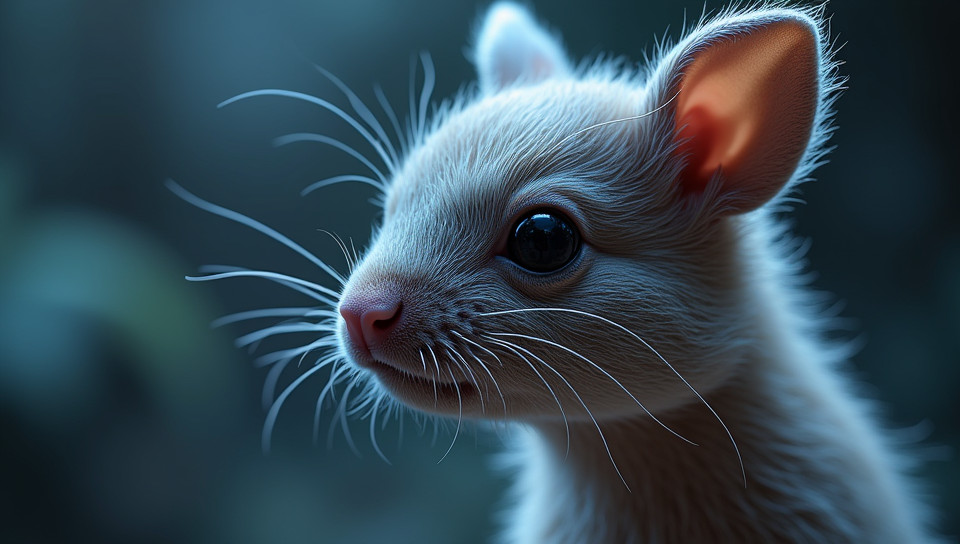Scientists have successfully used CRISPR in animal models 94%

Revolutionizing Genetics: Scientists' Breakthroughs with CRISPR
Imagine being able to edit out genetic diseases from the human genome, or develop crops that can thrive in even the most challenging environments. The possibility of such breakthroughs has been made a reality thanks to the revolutionary gene-editing tool known as CRISPR (Clustered Regularly Interspaced Short Palindromic Repeats). In recent years, scientists have successfully used CRISPR in animal models, paving the way for potential human applications.
What is CRISPR?
CRISPR is a powerful gene-editing technology that allows researchers to make precise changes to an organism's DNA. It works by using a small RNA molecule called a guide RNA (gRNA) to locate a specific sequence of nucleotides in the genome, and then cutting the DNA at that site. This creates a double-stranded break, which can be repaired by the cell through various mechanisms.
Applications of CRISPR in Animal Models
The use of CRISPR in animal models has been a game-changer for researchers. By editing genes in these models, scientists can study the effects of genetic changes on disease progression and treatment outcomes. Some examples of applications include:
- Developing mice with specific genetic mutations to study human diseases such as cancer, diabetes, and Alzheimer's
- Creating pigs with human-like skin and organs to test new medical treatments and devices
- Engineering mosquitoes that are resistant to malaria to prevent the spread of this devastating disease
The Future of CRISPR
The success of CRISPR in animal models has sparked hope for its potential use in humans. Researchers are currently exploring ways to adapt CRISPR for clinical applications, such as treating genetic diseases and developing gene therapies. While there are still many challenges to overcome, the possibilities are endless.
Conclusion
The breakthroughs made with CRISPR in animal models have marked a significant turning point in the field of genetics. As researchers continue to push the boundaries of this technology, we can expect even more exciting discoveries and potential applications. The future of medicine may hold the key to eradicating genetic diseases and improving human health, all thanks to the power of CRISPR.
- Created by: Angela Francisco
- Created at: Jan. 13, 2025, 3:14 p.m.
- ID: 17758









